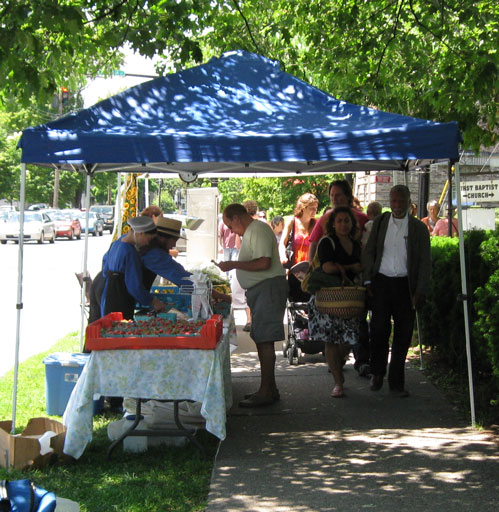Accordion
-
Some farms have regular hours you can visit, but many do not. Working farms are typically NOT open to visitors unless it says so in the directory, or they may only be open seasonally or for special events.
Check the farm’s directory listing, and call or email to find out whether they offer on-farm sales before you go.
- Bring cash or checks (many farms are not set up to take credit cards).
- Because farm equipment may be in use when you visit, children must be supervised, and pets should stay in your car unless the farmer says it is ok to let them out on a leash.
What's in Season?
Enjoy what is fresh and in season in New York State!
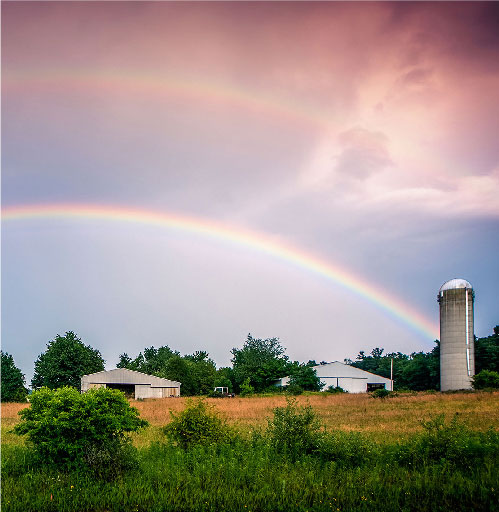
-
Many fruits and vegetables cost less when you pick them yourself. A visit to a PYO farm can be a fun outing with friends or family if you follow these tips:
- Call farms listed in the directory or check their farm website to be sure the crop is ready to pick. Open days and hours may shift from what is listed in our directory because of weather conditions.
- Check the weather forecast. Mornings are usually cooler for picking and the crop will hold up better.
- Bring containers if not provided: small/shallow buckets or baskets are generally best to avoid damaging the crops you pick. Bring a cooler with ice packs to keep the product cool if you are not going straight home.
- Wear comfortable clothes and shoes that can get dirty, and bring sunscreen and a hat to protect yourself from the sun.
- Be ready to walk distances to get to fields. Many farms have uneven ground that is not good for wheelchairs or strollers. Ask about field conditions before you go.
- Bring snacks, drinks, hand wipes, and smaller picking containers for children in your group.
- Pets usually are not welcome and children should be supervised.
- Bring cash or checks. Some farms will accept credit cards.
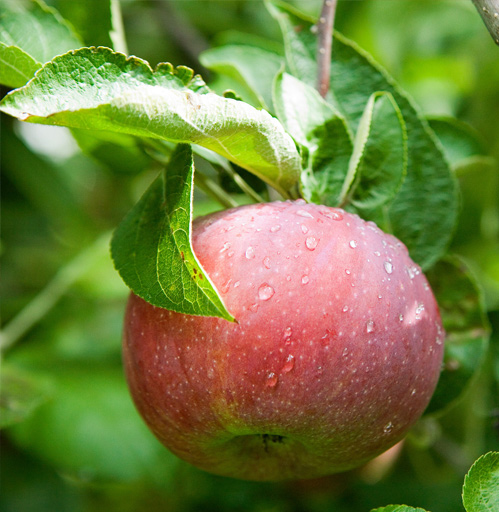
-
Community Supported Agriculture is an agreement between a farmer and consumers where the farmer agrees to give the consumer a “share” or box of farm products for a specific number of weeks during the growing season, and the consumer agrees to pay for that “share” before the season starts. CSA benefits farmers by providing cash at the beginning of the season when they need it most to cover expenses, and helps them plan how much to grow. Consumers receive fresh farm products throughout the growing season, become part of the CSA member community and play an important role in supporting a local farmer as a partner in their CSA farm.
Here are some things to know about Community Supported Agriculture:
- Most CSA’s provide a weekly share of vegetables during the growing season, typically from June to November. Other farm and food products such as fruit, meats, dairy, honey/maple, flowers, bread, wine, etc. are also sold using the CSA model.
- Sometimes, your share will include vegetables you’ve never tried before. Many CSA’s offer recipes and may host cooking classes.
- CSA farms usually recruit members in the spring before the growing season begins and farms offering winter CSA’s have fall sign-up.
- When you join a CSA, you become a member or subscriber with that particular CSA farm or business. You are signing up to receive a share of the harvest delivered on a pre-set weekly schedule as products are available throughout the season.
- You pay in advance before the season starts. Prices vary depending upon the products in your share. Some farms offer payment plans, and some will accept SNAP benefits for payment.
- A share is generally plenty for a family of 4 but some farms offer smaller shares. Or split a “share” with a friend.
- During the growing season, you need to pick up your share at the farm on specific pick up days and times; some farms offer pickup at off-farm locations; and for an extra charge, some farms may deliver your share to your home or office.
- One advantage of picking your share up at a farm is that they may allow you to pick additional products like berries or flowers or more green beans depending on what is in plentiful supply. And you get to enjoy the farm setting as well as being part of the CSA community. If you don’t pick up your share, your product may be donated to a food pantry or other shareholders.
- If you know you can’t pick up a share, invite a friend to pick it up.
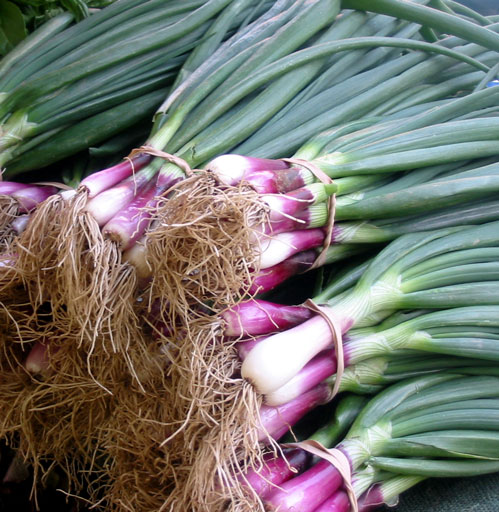
-
Farm stands may be seasonal self-serve tables, tents or small sheds located on the roadside in front of a garden or farm. Some may buy and re-sell produce from a wholesale market (you’ll know this if they have products that are not in season). Prices at farm stands are often lower than other places because the farmer does not maintain a building or staff. Because many stands are self-serve, make sure you bring cash and change to pay for your purchases.
Farm stores or markets often are larger seasonal or year-round facilities with employees to manage the store. A farm store may sell products from their own farm or other local farms, or they may re-sell products from a wholesale market that may or may not be local. Fancier farm stores will have more variety and prices comparable to supermarkets. Farm stores often take credit cards and some also may take SNAP payments.
Check the directory for hours of operation. Stands or stores run by Amish or Mennonite farmers will not be open on Sundays.
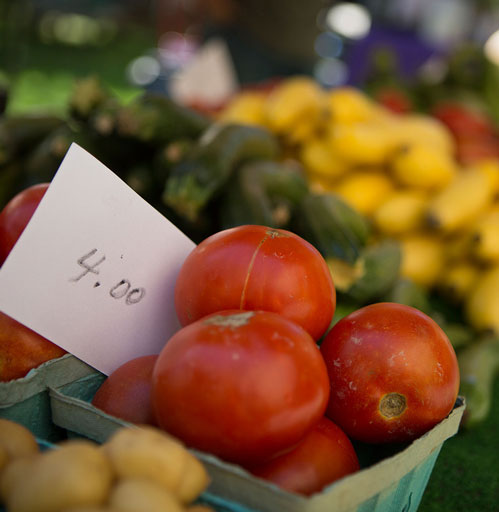
-
Most counties in New York have a farmers’ market that is open one or more days each week. Many markets only allow local farmers to set up and sell products they have grown or raised, but some allow vendors who buy and re-sell products from wholesale markets. Our directory has listings of farmers’ markets; individual vendors at those markets often change and may or may not be listed in this directory.
- Bring cash (especially small bills and change) or checks. Large markets may have ATM machines but plan ahead in case they don’t. Some vendors will accept credit cards.
- Bring a shopping bag or basket for your purchases.
- Bring a cooler to keep products chilled if you have errands to run before going home.
- Walk through the whole market to compare prices, quality and selection before you buy.
- Talk to farmers to learn how and where the food was grown. Enjoy building a relationship with the farmers you buy from.
- Ask about products you don’t recognize or know how to cook. Farmers are happy to share recipe ideas if they are not too busy with customers.
- If you plan to buy a large quantity of produce to freeze or can, come early to market or place an order with the farmer in advance.
